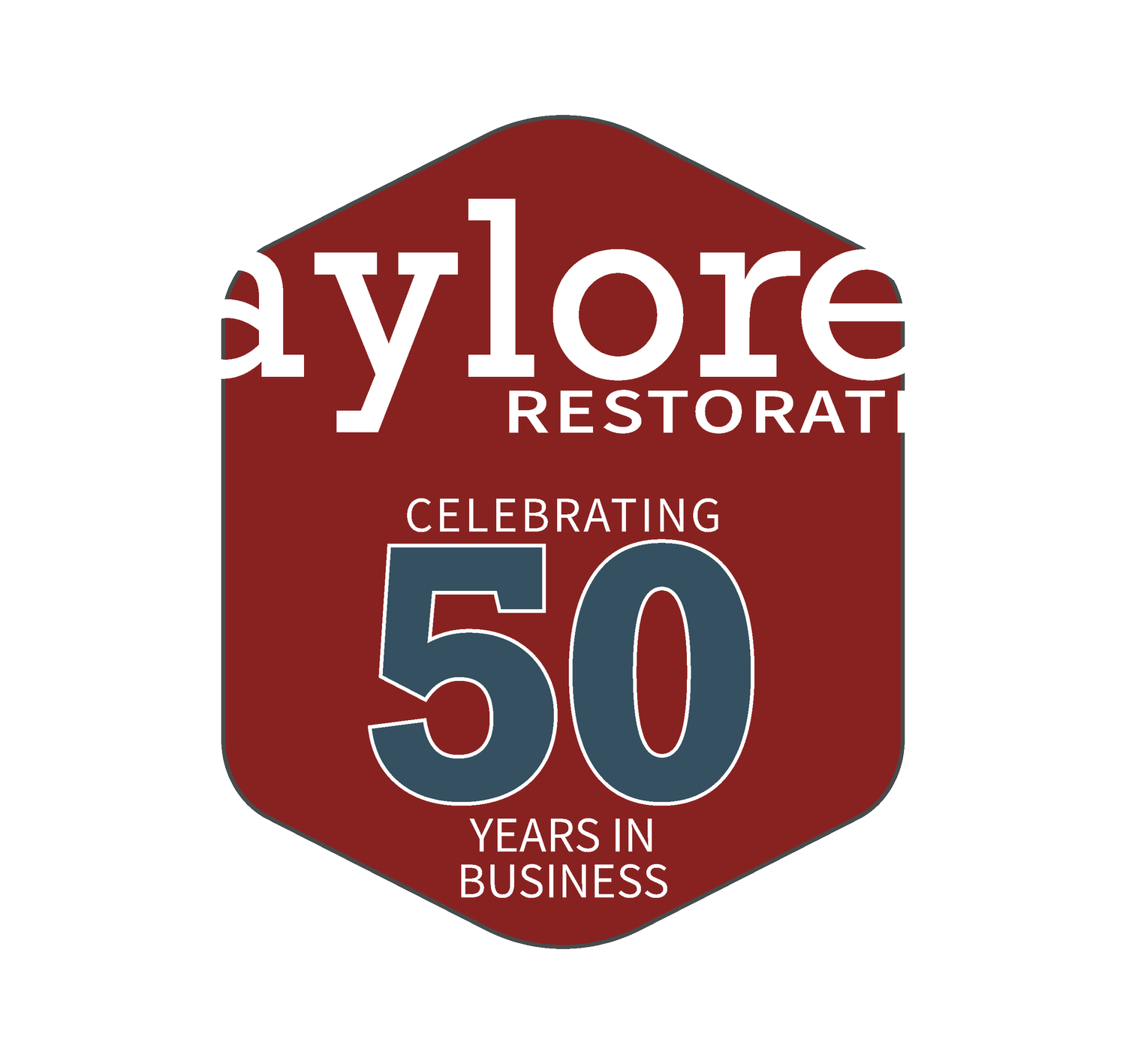8 Safety Tips for Using Wood Stoves and Fireplaces in Your Home
As a home restoration company in Anchorage, Alaska, we at Taylored Restoration understand the importance of keeping your home warm and cozy during the long, cold winter months. One way to do this is by using indoor wood stoves and wood-burning fireplaces. However, it's essential to take safety precautions to minimize the risk of house fires. That's why we've compiled a list of tips for making your wood stove or fireplace as safe as possible:
Make sure your wood stove or fireplace is properly installed and maintained by a professional. This includes ensuring the unit is the correct size for the space and meets all local building codes and regulations. Having a professional install and inspect your wood stove or fireplace will help ensure it's operating safely and efficiently.
To minimize the risk of fire, only burn dry, seasoned wood in your wood stove or fireplace. Wet or unseasoned wood creates more creosote, a flammable byproduct, which increases the risk of chimney fires. Additionally, never burn household trash, cardboard, or other materials that aren't meant to be burned in a wood stove or fireplace. These materials can create dangerous chemicals and increase the risk of a house fire.
Keep a close eye on the fire and never leave it unattended. Make sure the fire is completely out before going to bed or leaving the house. Use a fireplace screen to prevent sparks or embers from escaping the fireplace and landing on nearby carpets or furniture.
Have your chimney inspected and cleaned regularly to remove any built-up creosote, as a dirty chimney is one of the leading causes of house fires.
For added safety, consider installing a carbon monoxide detector in the room with your wood stove or fireplace. Carbon monoxide is an odorless, tasteless gas that can be deadly if inhaled. Keep a fire extinguisher nearby in case of emergencies.
To make your wood stove or fireplace even safer, consider installing a wood stove insert. These metal boxes fit inside your existing fireplace and are more efficient and safer than an open fireplace. Wood stove inserts have a closed combustion system, which means they burn wood more completely and produce less creosote. Another option is to install a gas fireplace, which doesn't produce any smoke or creosote and is generally considered safer than a wood-burning fireplace.
During the holiday season, when you may be entertaining more guests or cooking more often, be extra cautious. Keep flammable materials, such as decorations or cooking oils, away from the wood stove or fireplace, and never leave the stove or fireplace unattended while cooking.
Another important safety tip is to make sure you have a working smoke and carbon monoxide detector in every room of your home. These devices can alert you to any potential dangers and help you evacuate safely in case of an emergency.
By following these tips and taking the necessary precautions, you can enjoy the warmth and ambiance of your wood stove or fireplace without worrying about the risk of house fires. If you have any concerns about the safety of your wood stove or fireplace, don't hesitate to contact a professional for advice. Taylored Restoration is always happy to help keep your home safe and comfortable. Remember, safety should always be your top priority when using a wood stove or fireplace.

